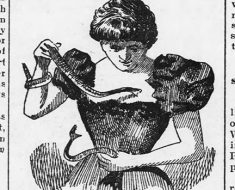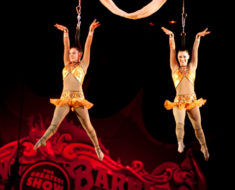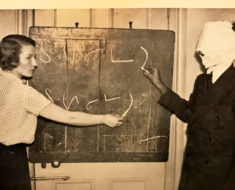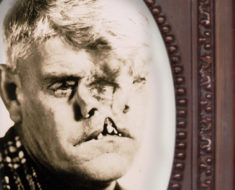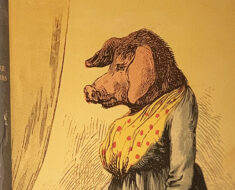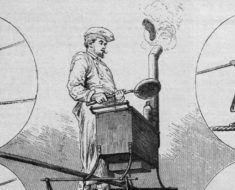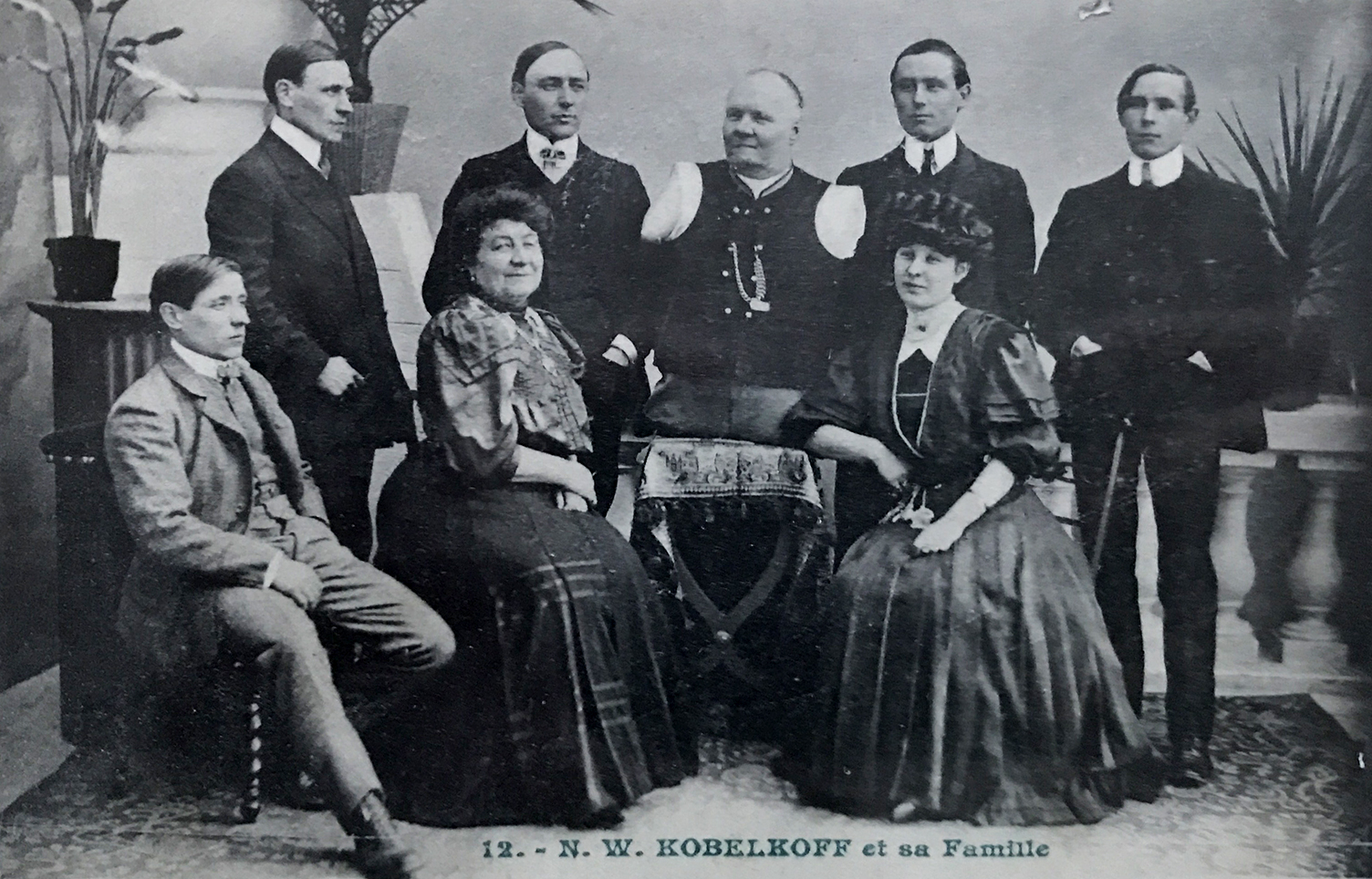
Postcard of Nikolai Kobelkoff and family, circa 1911. Marc Hartzman Collection.
Imagine being born without arms or legs. How would you manage? How would you live your life? Like the famed Little Man of Nuremburg before him, Nikolai Kobelkoff learned to live just like anyone else by fully compensating with his stumps.
Kobelkoff was born on July 21, 1851 in Wossnessensk, Russia, as the fourteenth child in a family of farmers. As described in an 1888 publication called Artificial limbs, surgical appliances, etc: with illustrations of remarkable cases by James Gillingham, Kobelkoff “has the rudiments of legs—one thigh being six inches long, the other being about two inches longer—but for a right arm he has merely a conical mound, and for a left arm a rounded bone representing the humerus.”
This didn’t stop Kobelkoff from doing “many things that must be seen to be believed.” As Gillingham continued, “he can write letters, cut paper with scissors, pour water from a bottle into a glass, eat with a fork or spoon, take his watch from his pocket, open it and put it back, thread a needle, and fire a pistol!”
Such feats help Kobelkoff gain fame at fairs and on stages across Russia, Europe and America. His audiences included Tsar Alexander III, Kaiser Wilhelm II, and Queen Wilhelmina of the Netherlands.
“The Russian manages to make himself fairly interesting,” Gillingham wrote of his performance.
He sits at a table, fixes a pen between his cheek and arm, and writes away in a good, clear, commercial hand. And with the same combination of cheek and shoulder he does most of the other things, the most seemingly difficult being that of feeding himself. The way he threads a needle is to take it in his mouth and stick it in his jacket, and then putting the thread in his mouth pass it through the eye. He can draw passably well, and he draws as he writes. The strangest thing is to see him load a pistol, aim it at a light candle, and shoot the light out. He even tries some acrobatic performances, but these are not very striking, consisting merely of jumping off his chair and doing a sort of sack race across the floor.”
Offstage, Kobelkoff found success as well. In 1876, he married an Austrian actress, Anna Wilfert, and fathered six children, all of whom were fully limbed. In 1900 he appeared in a short film, seen below. And in 1913 the showman built a toboggan ride at a Viennese amusement park, Wurstelprater.
Kobelkoff died on January 19, 1933 in Vienna. Ownership of the ride remained with the family until the 1970s.

